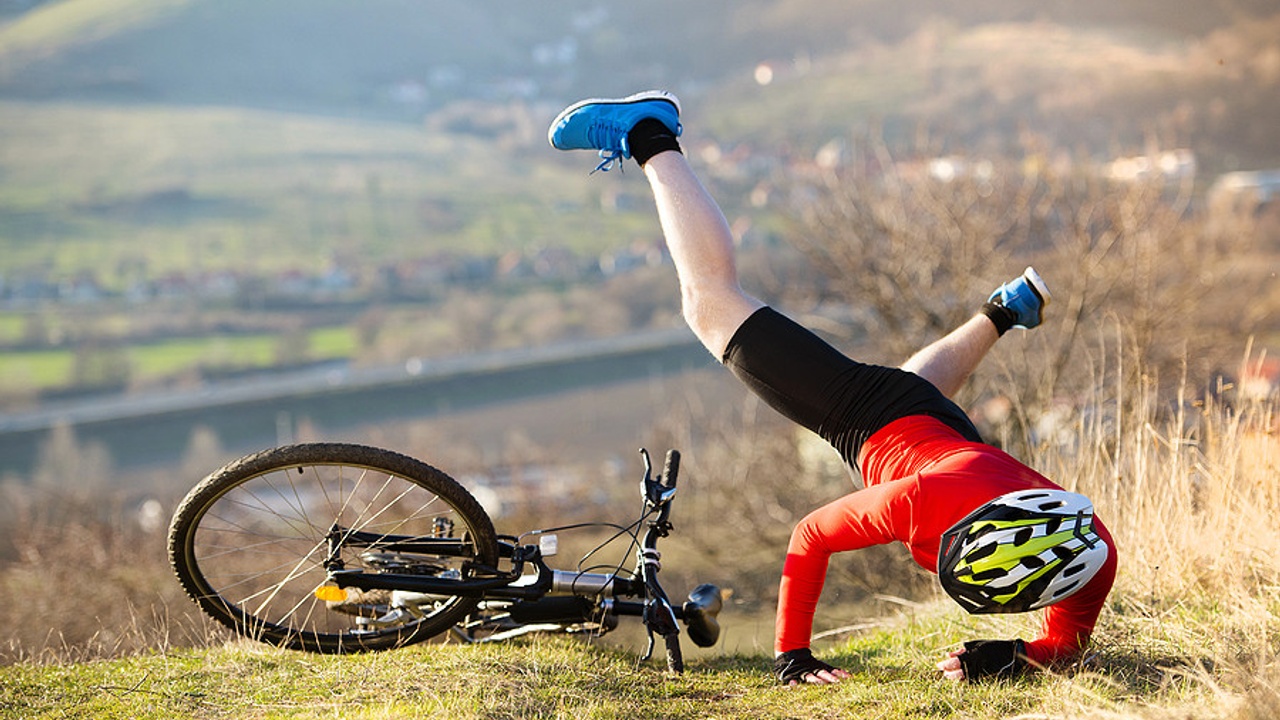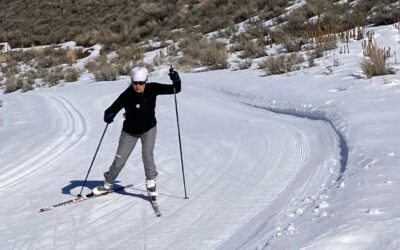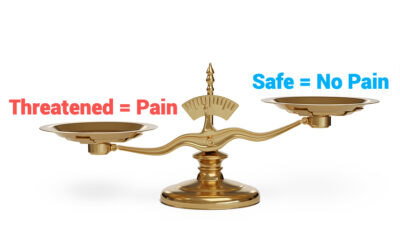Please enjoy this re-print of an article I wrote for mountain flyer magazine a few years back.
Lying on the couch with fresh stitches in my thigh, as the ice pack begins to drip, my head is spinning from the pain medication. The sun is shining and I can see the mountains from my window. I haven’t ridden my bike for four months and couldn’t walk without a limp before surgery. Last summer, I was training for the Leadville 100 mountain bike race. This summer, I am reading, reconnecting with friends, resting, developing my upper body strength and enjoying more of my husband’s gourmet meals.
Injuries happen. When you push your body year after year with more miles, harder intervals and longer workouts, it’s hard to avoid a physical setback once in a while. In my 10 years as a competitive mountain biker with a pro license since 2004, this was my fourth surgery and the second season I missed due to injury.
Fortunately, success in cycling requires much more than bike training alone. As a cycling coach, I have advised several athletes on coping with injuries and alternate workouts. For my clients and myself, I have found that keeping a positive attitude, definitely difficult at times, and embracing time off as an opportunity can facilitate recovery and enhance future sports performance.
When I was laid up, it was important for me to concentrate on what I could do and not dwell on what I couldn’t. If you find yourself unable to ride and out of your training routine, try some of the following suggestions to help your cycling and your sanity.
MAINTAIN YOUR GEAR
When is the last time your bike was overhauled? Tired of the chain skipping a gear as you shift? Use your downtime to tune up your equipment. Perhaps you have always wanted to learn how to re-cable your bike but never had the time, well here it is. Order any parts that need replacing and other things just for a fun: a new saddlebag, colorful grip tape, loud bell, streaming tassels, whatever makes you smile. I was given a red saddlebag with dog prints that I’m looking forward to using this season. If you’re not inclined to work on your bike, take it to the shop or ask your husband to do the work like I did. Removing the temptation to ride and the constant reminder of your injured state may help ease your guilt and anxiety.
LEARN YOUR TRAINING AIDS
What do all those buttons control on your heart rate monitor? Heart rate monitors, bike computers and power meters offer vast amounts of data about your training. Odds are these technological devices provide more information than you’re currently using. Find out what what’s available and how you can best use these records to enhance your workouts.
STUDY TECHNIQUE AND STRATEGY
Regardless of whether you prefer dirt or asphalt, you can still learn more bike handling techniques and race strategy from watching videos and reading books and articles. I bought “Mastering Mountain Bike Skills” to learn what I could use personally and also in teaching mountain bike clinics.
PLAN FOR YOUR RECOVERY
Start with an honest evaluation of your strengths and weakness and where you need to improve to attain the results you desire. Determine what types of workouts will target the skills and abilities that are limiting your success. Make preparations to include this training in your future sessions by documenting it in your training log.
STRETCH AND STRENGTHEN
A forward flexed cycling posture tightens hamstrings and can lead to lower back pain. If your injury allows, try regular stretching, particularly lower body stretches, and strengthen your core with resistance exercise. The stronger your core, the more efficiently power is transferred to the pedals. Since my injury was to the hip, which is difficult to isolate, and central to movement of the body, I was very limited in what I could do initially, restricted to upper body movements only.
GET MENTAL
Do you ever psych yourself out on a familiar section of trail before you even get there? Our minds have a large impact on cycling performance, and the influence only increases with higher levels of competition. Is mental training part of your plan? If not, this is the time to include it.
Deep Breathing: Learning to control race anxiety by developing a deep breathing practice that you can use quickly in any setting, like the start line, can mean the difference between winning and not placing. During my downtime, I had weekly biofeedback sessions where I learned how to reach a clam, relaxed state of mind.
Self-Talk: We all talk to ourselves. Tune into the mes- sages you hear. Learn to recognize your inner dialogue
and work to restructure any negatives into the positives. This strategy can assist your recovery process and will also be helpful on the bike. Instead of thinking how much farther, think instead how every pedal stroke is bringing you closer to the top.
Goals: Set goals for your recovery, for the upcoming sea- son, for the month, for the week and for each workout.
PAMPER YOURSELF
Consistent riding and training requires extreme dedication and sacrifice. What are the things you skipped or didn’t make time for because you had to ride? I recently saw my first opera, attended a wine tasting seminar, enjoyed outdoor concerts and spent time at a spa enjoying luxurious hot water soaks and deep tissue massages. To get outside more, I played golf using a cart. I developed a greater appreciation for food cooking new recipes with my husband, such as spicy fried fish with homemade tartar sauce and farfalle with carbonara and spring peas. I also bought myself new clothes, began writing, played board games and spent more time with my friends, my family and my dogs.
Cycling is an important part of life but it’s not the only thing. Relax, accept your injury and view it not as a burden but an extended rest period. Use your time and energy on other aspects of your sport and your life that you’ve neglected because of long training hours, regular racing and frequent travel. My time off has helped me become a stronger mental athlete and a more knowledgeable cycling coach. I’m even starting to take my own advice.


